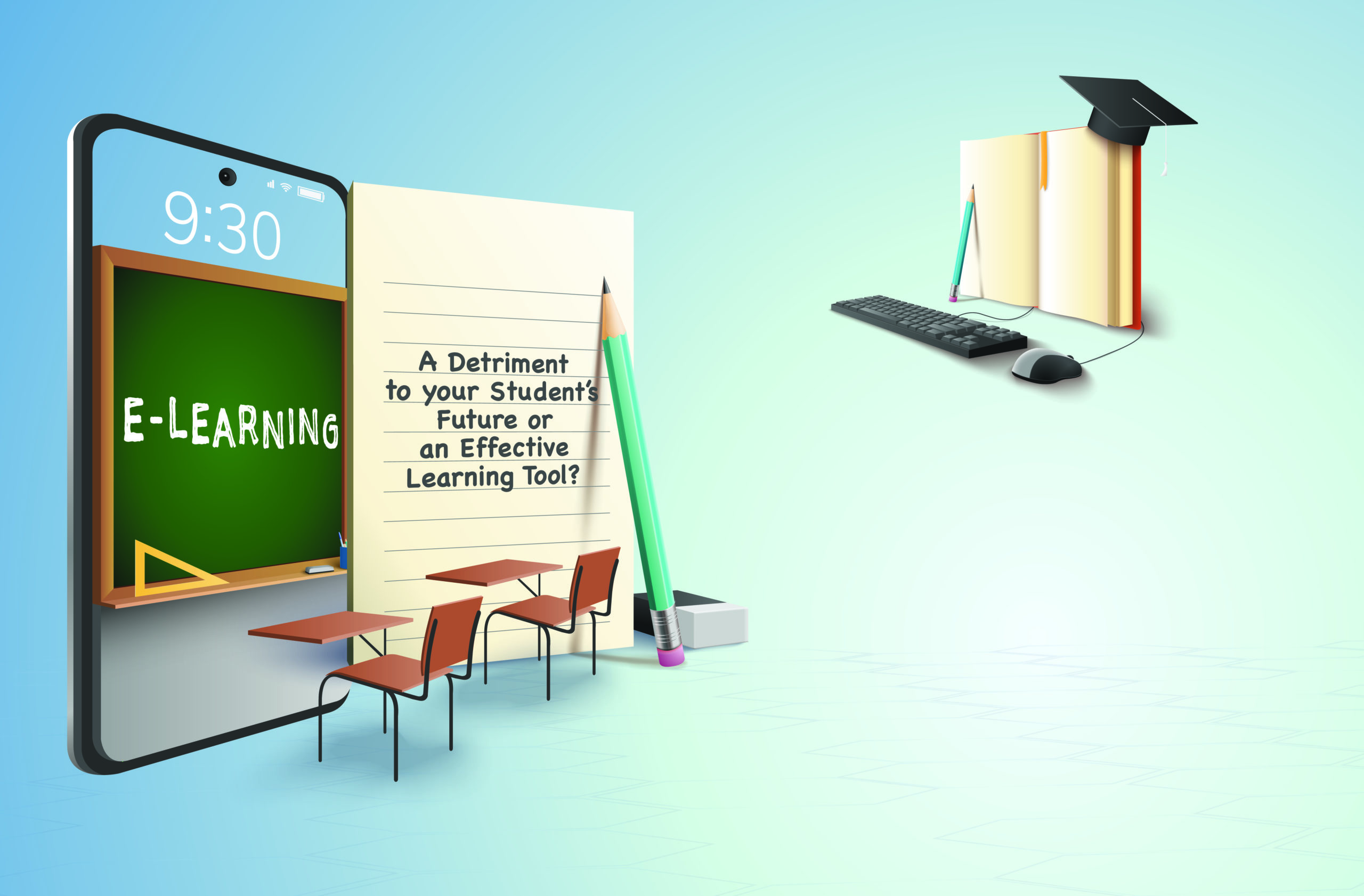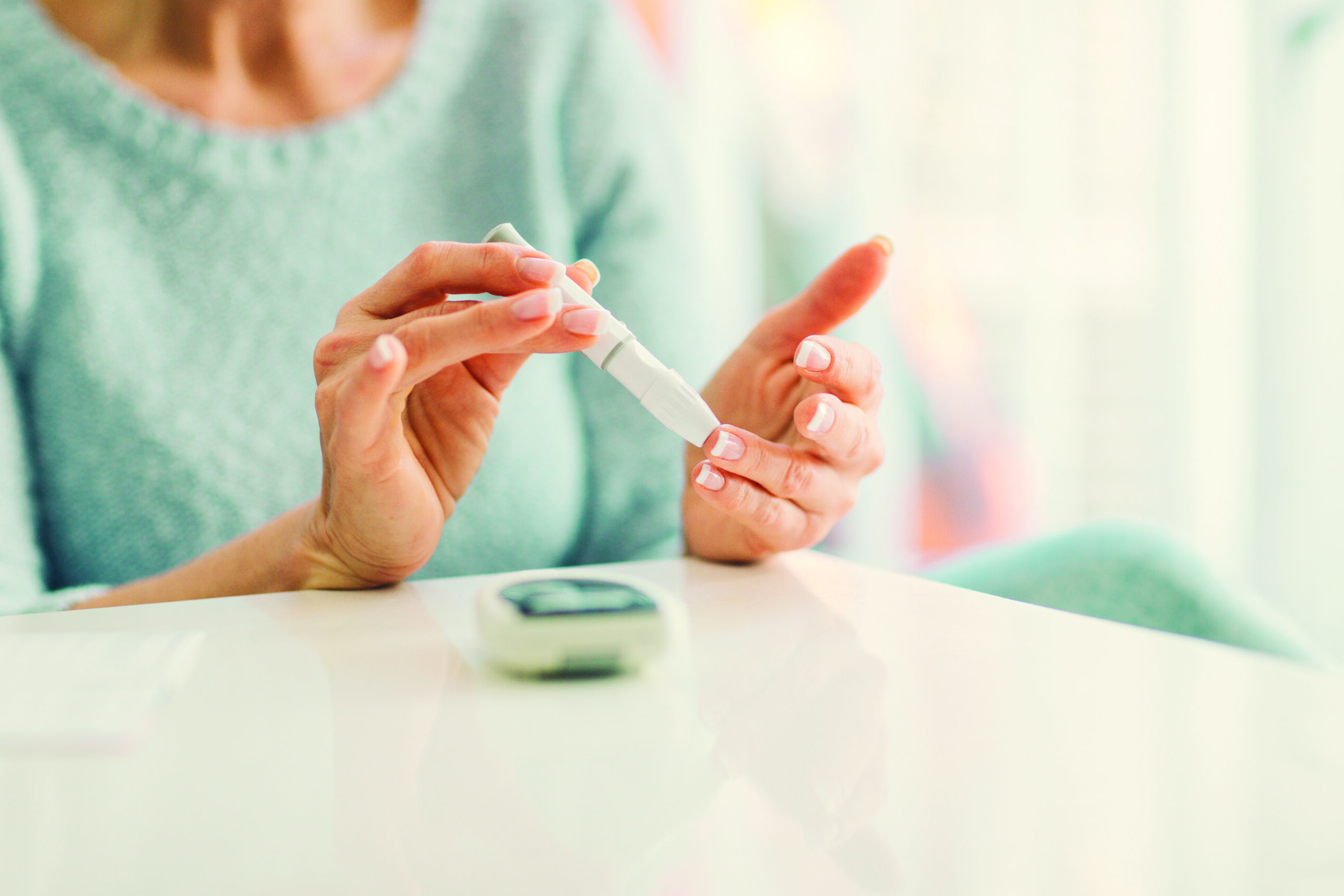by Rachel Gore
As the COVID-19 pandemic remains ongoing in the United States, it’s safe to say that this year’s return to school is more stressful than most. Parents nationwide are grappling with the tough decision of whether to send their children back to their classrooms this fall.
On one hand, you want to keep your child safe and healthy; on the other hand, you don’t want them to fall behind in school and aren’t sure that online school will be an effective way for them to learn. And as much as everyone wishes there was a clear right answer, the ongoing uncertainty of the severity, spread and ultimate toll of the unprecedented coronavirus disease makes it impossible to know exactly how the school year will pan out.
That said, taking the time to consider a number of factors can help you make the best decision for your family. Let’s dig into what some of these factors are, the pros and cons of an e-learning environment and what you can do to keep your child—and your family—safe if they do end up returning to school.
First Thing’s First: Can Children Get COVID-19?
In a typical year, school children are major drivers of the transmission of flu and common cold viruses. Accordingly, researchers expected this to be the case for the COVID-19 pandemic, which emerged in the United States in March and has since proliferated rapidly. But months into the ongoing pandemic, research on the effects COVID-19 has on children leaves many questions unanswered.
One thing is true; children can be infected with the virus. An American Academy of Pediatrics (AAP) report, which analyzed state-level reports of COVID-19 cases in 49 states, New York City, Washington, D.C., Puerto Rico and Guam, found that over 380,000 children had tested positive for COVID-19 as of August 6, representing 9.1% of total cases. This marked a 90% increase in child cases since July 9, 2020, and is, without a doubt, even higher as you read this.
However, a vast majority of severe and fatal cases of COVID-19 are older individuals and those with certain pre-existing conditions such as cancer, heart failure, obesity and type 2 diabetes. So while children have and will continue to test positive for COVID-19, severe illness and hospitalization are very uncommon. Children represent just 0% to 0.4% of COVID deaths depending on the state, with 19 states reporting no child deaths at the time of the report.
Can Children Spread COVID-19? Can it Spread in a Classroom Setting?
The short answer to both of these questions is yes—but how effectively remains unknown. Some researchers have found that children spread COVID-19 more effectively than adults, and may, in fact, be major drivers of the spread of the disease. Other studies have found that children aren’t only less likely than adults to get the virus; they are less likely to spread it.
Then there are some who say this is false, too. Rather, children have not been exposed to COVID-19 as much as adults, which will change in areas where schools and social outings are reopened. Since children are less likely to display symptoms of COVID-19 than adults, it’s possible that case counts and community spread are being unreported due to a lack of testing.
Regardless of how well children actually spread COVID-19, children with compromised immune systems and certain health conditions are more at risk than those without them and are therefore more vulnerable in a classroom setting.
The Pros and Cons of E-Learning
One of the primary reasons parents are reluctant to shift their child to online school is the potential negative impact it could have on learning and development. You may be wondering whether the risk of COVID-19 substantial is enough to warrant your child missing out on a year of social interaction and in-classroom learning. On top of that, you aren’t sure how much information your child will even retain if it’s being taught from behind a screen.
In the United States, where states, counties and even schools have differing and inconsistent reopening plans, making the right decision can be even more unclear and anxiety-inducing for parents. Here are some pros and cons to keep in mind about e-learning:
PRO: Reduces the Spread of COVID-19.
The primary advantage and driving factor causing parents to keep their children at home is the obvious: it reduces the chances of them contracting COVID-19. While wearing masks, practicing good hygiene and staying six feet apart effectively reduces the spread, not attending school in-person is even more so. This may be particularly important to you if someone in your household has a pre-existing health condition that makes them susceptible to a severe case.
PRO: Comes with opportunities for parents to engage in their child’s learning.
Online learning provides parents with a unique opportunity to engage with their child’s education and spend more time with their children. Considering not only helping your child out with their schoolwork, but also seeking other learning opportunities throughout the day. For example, young children can be taught about counting and measurements by helping you cook meals.
Of course, this isn’t an option for everyone—and if it isn’t for you, don’t feel bad. “The success of distance learning depends on parents’ ability to provide help at home. That’s a luxury many families don’t have in normal times, let alone during the coronavirus pandemic, when job changes, loss of child care and illness have become added stressors,” noted Family and Tech columnist Julie Jargon in a recent Wall Street Journal article.
CON: Children from low-income families could fall behind
Schools were plagued with online learning issues when they abruptly shut down in March and April. An immediate and major challenge was the large disparity in internet access between low and highincome students. Data collected from the National Center for Education Statistics (NCES) found that in 2018, 6% of U.S. children ages 3-18 had no internet access at home. Another 6% only had internet access through a smartphone, which is incompatible with a lot of online work.
CON: A child’s education quality might decrease depending on their learning needs.
The way your child learns matters, too. While students that are selfmotivated and academically inclined will adjust just fine to an online setting, those who already struggle academically tend to do even worse. Students with disabilities and specific learning or hands-on therapy needs can struggle to stay engaged and lose out on the individual attention they need to thrive. And as stated above, those without the technological resources required to participate fully could also find themselves falling behind.
Age is a key differentiator here. Easily distracted younger students benefit from more structure, while the typical high school student can benefit greatly from the ‘learn at your own pace’ nature of online schooling.
CON: Socialization with peers will be hindered (but social distancing measures at schools will likely cause that anyway.)
In-person school provides children and adolescents with critical social and emotional skills. But the value of socialization is unlikely to be as potent in schools this year no matter what, as socially distant classrooms, reduced group activities, isolated lunches and cut gym and recess mean fewer opportunities for engaging with peers.
Even if classroom learning is an option prepare for some remote learning
There have already been stories in the news of schools that reopened for the fall—only to almost immediately shut back down or mandate mass quarantines of students due to someone testing positive for COVID-19. While this may or may not happen to your student, it’s crucial to have a game plan in mind.
Other factors to keep in mind when making a decision
Of course, children aren’t only exposed to other children, so sending them back to school could impact the whole household. As previously stated, it’s worth considering if you, your child or somebody else at home is at an increased risk for severe or fatal COVID-19.
Another important factor to consider is the reopening plan of your child’s specific school, which can hugely influence the likelihood that COVID-19 will spread to their classroom. Has the school administration outlined a clear action plan that emphasizes hygiene, social distancing and other COVID-19 related protocols? Will teachers and children be required to wear cloth masks throughout the day, which both the CDC and World Health Organization (WHO) recommend as a way to reduce the spread of COVID-19 in public spaces? How will they alert the community and respond if someone tests positive?
Lastly, the level of spread in your town, county and state could be instrumental in making the best decision for your family. While certain states have largely “flattened the curve” and contained the COVID-19 outbreak, others see rising case counts by the day. Some states that succeeded at curbing the spread at first are now undergoing second waves, while others are still battling the first. Make sure to read into what’s going on near you regularly.
Are learning pods a viable alternative?
Some parents that don’t want their child to lose the benefits of in-person socialization and learning, but are wary of sending their children back to school, are opting for another alternative: learning pods.
In a recent article in The Atlantic, co-founder of Teachers Who Tutor NYC Brian Platzer noted that the term “learning pods” refers to “unofficial learning collectives organized by parents, sometimes with the help of a professional teacher or tutor.” The concept is that children can get together in smaller groups to facilitate in-person learning while minimizing potential exposure to COVID-19.
Still, there are concerns associated with these hypothetical pods. Two major ones are affordability and access. Hiring a private teacher or professional educator for multiple hours multiple days a week does not come cheap. This could, once again, leave students from low-income families whose parents are unable to afford or access pods at a disadvantage compared to their peers.
A possible solution is creating “equitable pods” or pods that emphasize the inclusion of children from different races and classes. In addition to bridging the education gap between students, it could foster long-term relationships among families within the pods. Whether these types of pods will be established and succeed, however, remains unknown at this time.
That said, learning pods are a unique solution that appear to offer a “best of both worlds” blend of in-person learning and reduced exposure to other children. It’s worth looking into the possibility of placing your child in a learning pod if feasible for you.
A Back to School Checklist of COVID-19 Prevention Tips
Sending your child back to school in the COVID-19 era doesn’t mean you have to hold your breath and hope for the best. You can take multiple steps to reduce the chances that your child catches or gives someone else COVID-19 at school this year:
- Teach your child the importance of social distancing and wearing masks. By helping them practice these skills before the school year begins, they are more likely to take it seriously than if you simply tell them that masks are important on the first day of school. This is especially true if they haven’t had to wear one at home this summer.
- Monitor your child (and everyone else in the household) for symptoms of COVID-19. Taking their temperature every day before school to make sure they don’t have a fever is also a good idea. If anyone in the house develops any symptoms of COVID-19 or has a fever, don’t send them to school.
- Practice hand-washing throughout the day. By emphasizing hand-washing at each transition of the day—when they go to school, leave a classroom and before and after they have lunch, for example—it will be ingrained in their heads as a habit.
- If possible, drive your child to school over having them take the bus. This will minimize their contact with what tends to be a large group of students in close proximity to one another.
- Be patient. Whether your child is entering first grade or their senior year, they’re probably anxious about going back to school. Stress can increase tensions in the household, and the toll of the pandemic can become overwhelming at times, especially if it results in the illness or loss of a loved one. Displaying a caring, understanding, and patient demeanor can help your child and family get through these difficult times.
Conclusion
Choosing whether to send your child back to school is no easy feat, and it’s a decision that depends on your answers to many questions:
- Are your town, county and state doing well at flattening the curve, or has there been a steady rise or second wave of COVID-19 cases?
- Is anyone in your house medically vulnerable to a severe or fatal case of COVID-19?
- What protocols does your child’s school have in place to prevent transmission? What about when someone tests positive?
- How does your child learn best?
- Does your child have any additional educational or support needs that can’t be met remotely?
- Is a learning pod or other form of homeschooling within your means?
- Is a learning pod compatible with your work schedule?
- Will an adult be home to watch your child and assist them with staying on track during the day?
These are just some of the questions parents are being forced to answer while making a back-to-school decision. While there are some valuable benefits that in-person learning offers, many of those learning experiences can be replicated online. If you are deeply worried for the health of your child, your family or yourself, don’t feel guilty about choosing remote learning. Your child will not be doomed to fall behind for the rest of their academic career, and plenty of learning can still happen from home.
Use the information you have in this moment to answer these questions and make the decision you believe best works for your family. Know that there is no “right” answer in such an unprecedented situation and that you are not going through this alone. Consider reaching out to other parents as a resource to feel supported while navigating these questions and challenges associated with the pandemic.








Leave A Comment